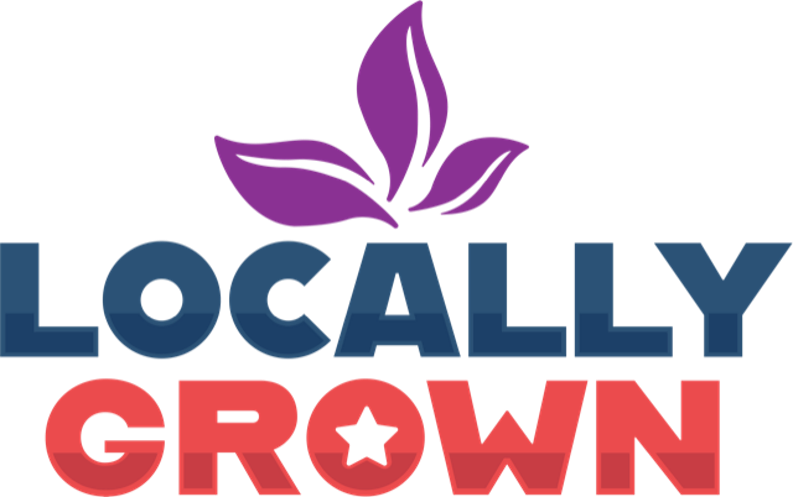The Road back to America's Middle Ground
America is mostly a "middle ground" country but our politicians seem biased to either left or right which ignores the middle. Our overly federalized system unfortunately rewards this behavior. In his Dec 25, 2019 Op-Ed in the Wall Street Journal, Polarized America Still Has a Big Middle, William Galston does a good job of defining the problem we face. According to a new poll due out soon from The New Center, a think tank he co-founded with Bill Kristol, 43 percent of Americans identify politically in the center. Contrasting this with 34 percent who identify on the right and 23 percent on the left, and the traditional view of America as a center-right country still holds. At the very least, both the Democratic and Republican parties overstate their claim as the sole gatekeepers of “truth, justice and the American way”.
Not surprisingly, American centrism guides how citizens think about big issues. According to the WSJ article, “Pluralities reject the stark choice between a large, activist government and a small, limited one. They believe that there’s a legitimate role for government in allocating capital, providing health care for those who can’t afford it, and combating climate change.”
Kristol and Galston seem like kindred spirits of mine. My recent book, Locally Grown: The Art of Sustainable Government, is a search for America’s middle ground starting from the grass roots. I see confirmation everywhere of America’s centrism and the failure of most politicians to recognize and meet the political demand. Huge demand, and no products. In business, we call this a massive opportunity.
A key skill that must be present in order to work on middle ground, is the art of negotiation. For a good-faith deal to work, nobody gets everything they want. Each side must prioritize their wants and the “lines in the sand” must be few and far and between because, if everything is “my way or the highway”, no deals are going to get done. And for negotiation to work best, there should be some transparency of priorities for both sides, meaning that everyone should really know where all the participants stand.
In fact, this approach reflects the basics of Game Theory where the objective is to reach the Nash Equilibrium. This is the point where all participants ask themselves the question; “If I knew the strategies of the other participants, would I change my strategy?” If anyone can answer “Yes,” then those strategies are not in Nash equilibrium. But if no player wants to switch, then the strategy is at Nash equilibrium. I think of it as the best possible deal that can be made at the time. Game Theory has been applied effectively in gaming, warfare, business, biology and can also work for politics where there are multiple competing priorities within and between parties.
I would argue that representing their constituents interests and negotiation are the two most important jobs of any legislator. The best legislators are always looking for an opportunity to get something done that is at least somewhat in their constituents best interest. This means avoiding single-issue legislation when possible because this is most likely to elicit “line in the sand” behavior from both sides. In contrast, legislation that bundles several issues that each side cares about has a better chance of being passed into law because more components provide more possible deal configurations. It’s just math. So, when you go to the polls next November avoid the activists and vote for those with a demonstrated record of getting things done with groups of diverse people. If we all do this, we might just find the road back to America’s middle ground.

